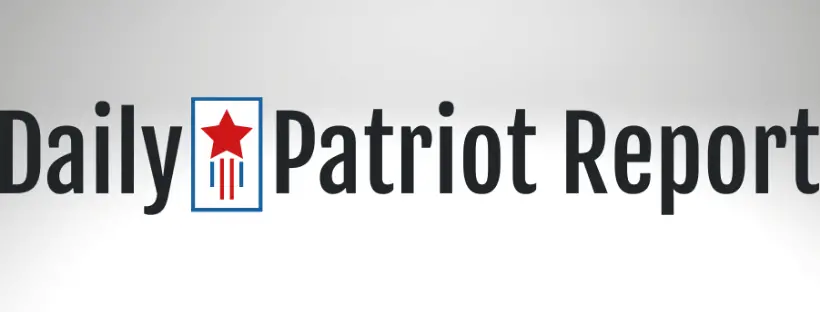A new Senate report highlights security failures in the July 13 assassination attempt on former President Trump. The Senate Committee on Homeland Security and Governmental Affairs outlined major issues with the Secret Service's planning. The attack resulted in one spectator's death, two serious injuries, and Trump being struck on the ear.
One failure involved an agent inexperienced with drone equipment. He called a toll-free tech support hotline for help, after a request for more unmanned assets was denied. He had only one hour of informal training with the device, according to the report.
"Multiple foreseeable and preventable planning and operational failures by USSS contributed to Crooks’ ability to carry out the assassination attempt of former President Trump," the report said. It mentioned unclear roles, lack of coordination, and communication failures as key problems.
Secret Service Chief of Communications, Anthony Guglielmi, responded. "We have reviewed the interim report…the U.S. Secret Service cannot fail." He said the findings were essential to ensuring such incidents never happen again.
Agents from Trump’s detail and the Pittsburgh field office were unaware 27 minutes before the shooting that a suspicious person was seen near the AGR building with a range finder. The shooter later took position on the roof of that building.
"Shortly before shots were fired, a USSS counter sniper saw local law enforcement running toward the AGR building with their guns drawn," the report revealed. However, the sniper didn’t alert Trump’s detail to remove him from the stage.
Counter snipers were deployed due to "credible intelligence" of a threat. Normally, a candidate would not have a counter-sniper team before the party’s nominating convention, which hadn’t started yet.
Concerns about the AGR building were raised days before the rally, but its rooftop remained unsecured. Trump’s detail had requested extra resources, like more drone equipment and counter-assault agents, but these were denied.
The report criticized technical difficulties that delayed drone use. The agent in charge of the drone on-site couldn’t fly it until after Crooks flew his own drone near the rally site.
Acting Director Ronald Rowe admitted last week that communication issues delayed critical information before the shooting. Secret Service radios malfunctioned, and one agent didn’t have a radio because he gave it to another agent on Trump’s detail.
The lack of a clear chain of command was another problem, according to the report. Those involved in security planning denied responsibility for the failures and deflected blame.
The Senate committee recommends better coordination and leadership, including assigning one person to approve security plans. They also called for better communication between federal agents and local law enforcement.
The July 13 attack was the first of two attempts on Trump's life that summer. A counter sniper killed 20-year-old suspect Matthew Thomas Crooks during the rally in Butler, Pennsylvania.
